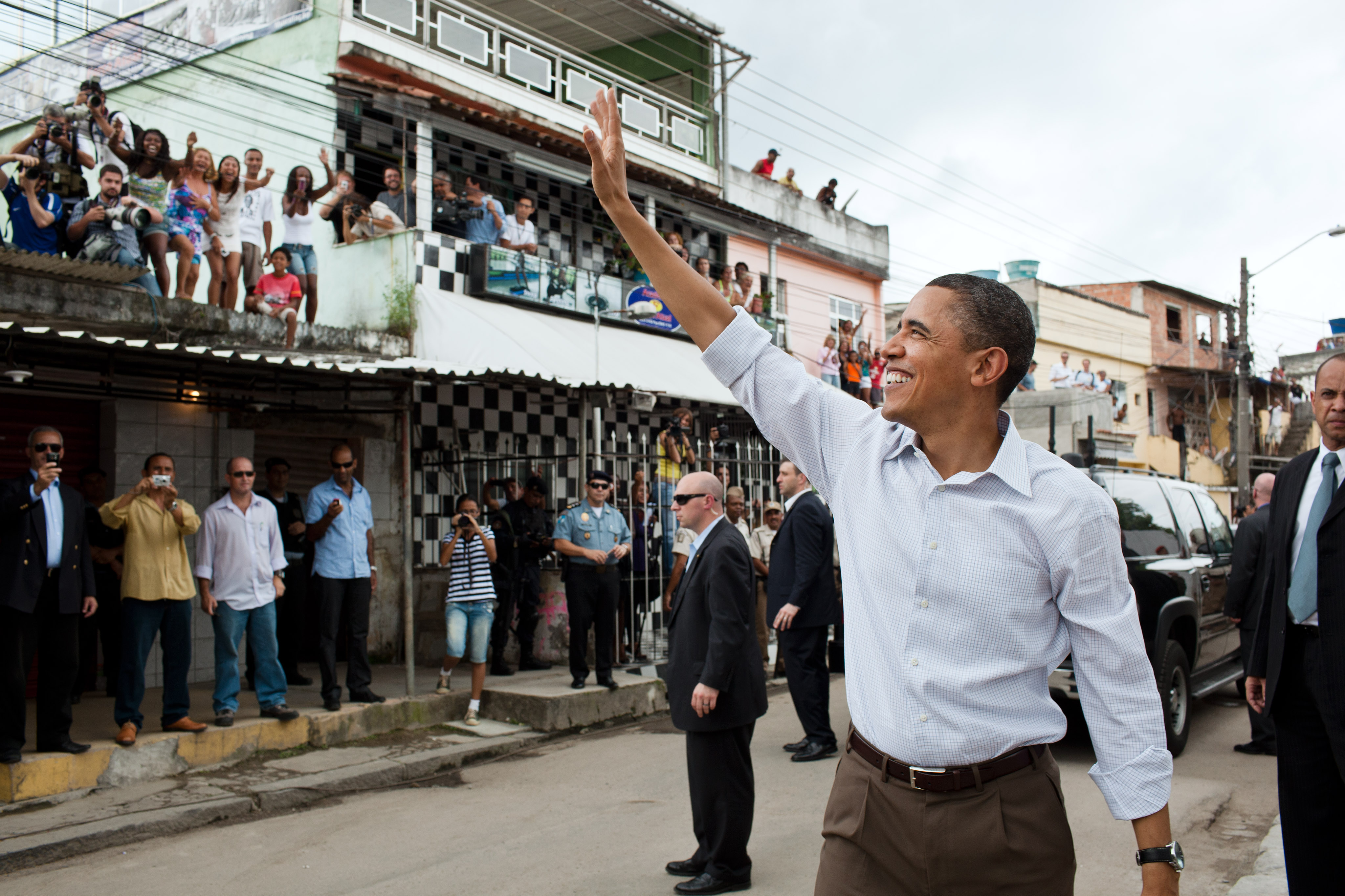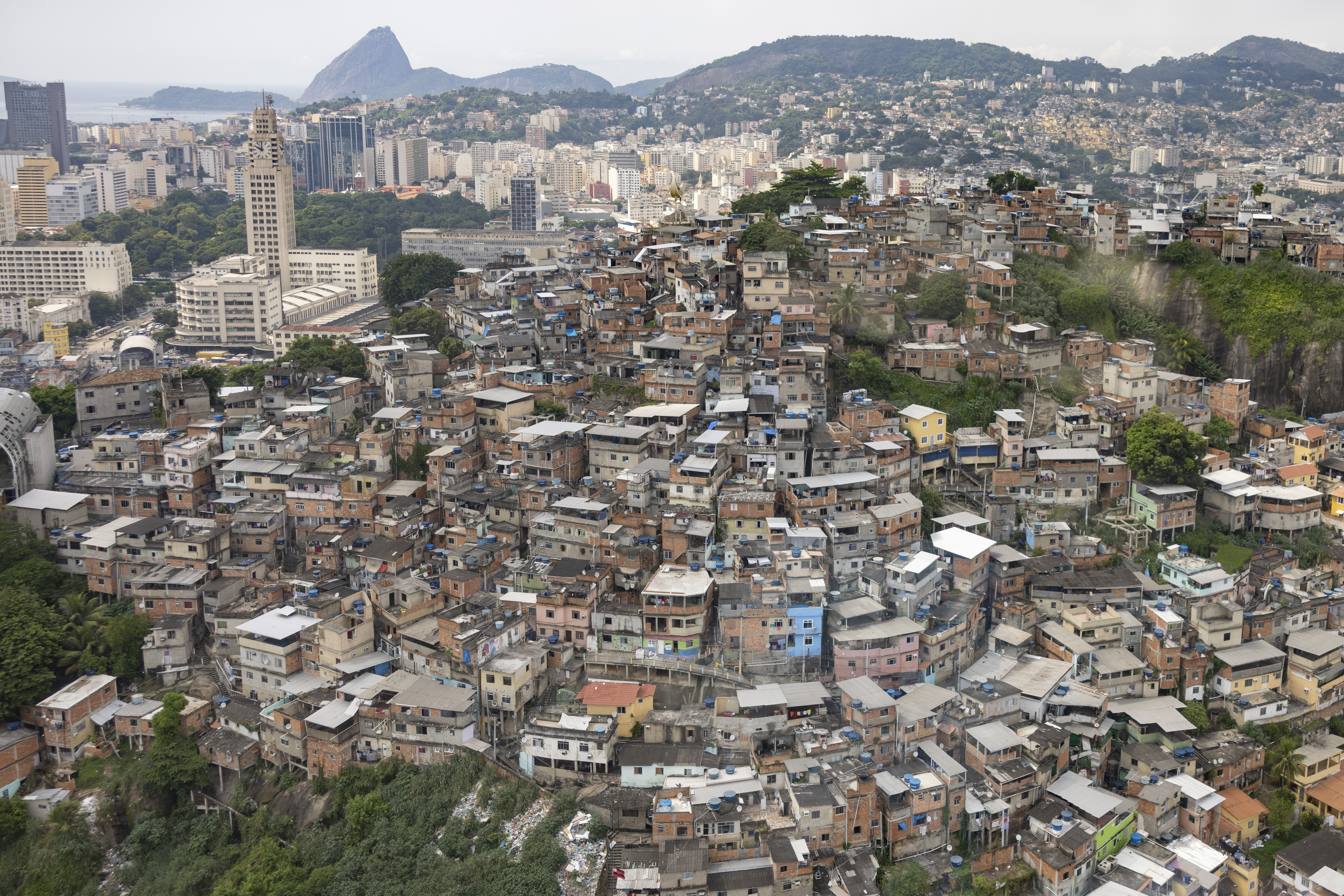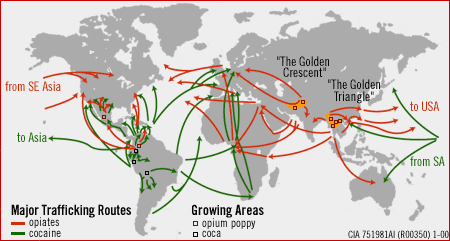|
Favela
Favela () is an umbrella name for several types of working-class neighborhoods in Brazil. The term was first used in the Providência neighborhood in the center of Rio de Janeiro in the late 19th century, which was built by soldiers who had lived under the favela trees in Bahia and had nowhere to live following the Canudos War. Some of the first settlements were called ''bairros africanos'' (African neighborhoods). Over the years, many former enslaved Africans moved in. Even before the first favela came into being, poor citizens were pushed away from the city and forced to live in the far suburbs. Most modern favelas appeared in the 1970s due to rural exodus, when many people left rural areas of Brazil and moved to cities. Unable to find places to live, many people found themselves in favelas. Census data released in December 2011 by the Brazilian Institute of Geography and Statistics (IBGE) showed that in 2010, about 6 percent of the Brazilian population lived in favelas ... [...More Info...] [...Related Items...] OR: [Wikipedia] [Google] [Baidu] |
Pacifying Police Unit
The Pacifying Police Unit ( pt, Unidade de Polícia Pacificadora, also translated as Police Pacification Unit), abbreviated UPP, is a law enforcement and social services program pioneered in the state of Rio de Janeiro, Brazil, which aims to reclaim territories, most commonly favelas, controlled by gangs of drug dealers. The program was created and implemented by State Public Security Secretary , with the backing of Rio Governor Sérgio Cabral. The stated goal of Rio's government is to install 40 UPPs by 2014. By May 2013, 231 favelas had come under the UPP umbrella. The UPP program scored initial success expelling gangs, and won broad praise. But the expensive initiative expanded too far, too fast into dozens of favelas as state finances cratered, causing a devastating backslide that enabled gangs to recover some of their lost grip. UPP sought to implement "community-oriented policing" (in contrast to militarized policing). According to one study, the effectiveness of UPP depend ... [...More Info...] [...Related Items...] OR: [Wikipedia] [Google] [Baidu] |
Rio De Janeiro
Rio de Janeiro ( , , ; literally 'River of January'), or simply Rio, is the capital of the state of the same name, Brazil's third-most populous state, and the second-most populous city in Brazil, after São Paulo. Listed by the GaWC as a beta global city, Rio de Janeiro is the sixth-most populous city in the Americas. Part of the city has been designated as a World Heritage Site, named "Rio de Janeiro: Carioca Landscapes between the Mountain and the Sea", on 1 July 2012 as a Cultural Landscape. Founded in 1565 by the Portuguese, the city was initially the seat of the Captaincy of Rio de Janeiro, a domain of the Portuguese Empire. In 1763, it became the capital of the State of Brazil, a state of the Portuguese Empire. In 1808, when the Portuguese Royal Court moved to Brazil, Rio de Janeiro became the seat of the court of Queen Maria I of Portugal. She subsequently, under the leadership of her son the prince regent João VI of Portugal, raised Brazil to the dignity of a k ... [...More Info...] [...Related Items...] OR: [Wikipedia] [Google] [Baidu] |
Cidade De Deus (Rio De Janeiro)
The Cidade de Deus (, ''City of God'') is a West Zone neighborhood of the city of Rio de Janeiro. It is also known as CDD among its inhabitants. The neighborhood was founded in 1960, planned and executed by the government of Guanabara State as part of the policy to systematically remove slums (''favelas'') from the center of Rio de Janeiro and resettle their inhabitants in the suburbs. It is used as backdrop in the 2002 film '' City of God''. In 2009, it was occupied by a Pacifying Police Unit. Basic statistics * Area (2003): 1.2058 km2 (0.4656 mi2; 298 acres) * Population (2000): 38,016 * Residences (2000): 10,866 * Administrative region: XXXIV - Cidade de Deus In literature and film Known in English as '' City of God'', ''Cidade de Deus'' is the eponymous name of a 1997 semi-autobiographical novel by Paulo Lins, about three young men and their lives of petty crime during the 1960s, 1970s and 1980s in the favela where Lins grew up. An English translation by Aliso ... [...More Info...] [...Related Items...] OR: [Wikipedia] [Google] [Baidu] |
Morro Da Providência
Morro da Providência ("Providence Hill") is a favela located between the two Rio de Janeiro districts of Santo Cristo and Gamboa. It has an altitude of 115 metres and is located in the port area of the city (currently the subject of a major revitalization known as the Porto Maravilha).' It is widely considered to be the first favela community in Brazil."The granite hump of Providencia gazes down like a stern guardian on the old port of Rio de Janeiro. It offers probably the finest viewpoint over any city I know." History In 1897, victorious veterans of the Canudos War who were promised land in the old capital upon their return found that such promises were not kept. In frustration and desperation, the soldiers invaded the hill scrub land close to the (then) Ministry of War. The hill was initially named ''Morro da Favela'' after the favela plant, a skin-irritating bush belonging to the spurge family, which is indigenous to the region where the soldiers fought against the Canud ... [...More Info...] [...Related Items...] OR: [Wikipedia] [Google] [Baidu] |
Cnidoscolus Quercifolius
''Cnidoscolus quercifolius'' ( syn. ''C. phyllacanthus''; common names in Portuguese: favela, faveleira, faveleiro, and mandioca-brava) is a species of flowering plant. It is endemic to Brazil. Its distributional range includes Bahia, Pernambuco, Piaui and São Paulo. Its common name is the source of the term "favela Favela () is an umbrella name for several types of working-class neighborhoods in Brazil. The term was first used in the Providência neighborhood in the center of Rio de Janeiro in the late 19th century, which was built by soldiers who had ..." for a type of low-income informal settlement in Brazil. References External linksSorting ''Cnidoscolus'' names quercifolius Flora of Brazil {{Euphorb-stub ... [...More Info...] [...Related Items...] OR: [Wikipedia] [Google] [Baidu] |
Brazilian Police Militias
Brazilian police militias ( pt, Milícias), in Rio de Janeiro and other cities of Brazil, are criminal, illegal paramilitary groups made up of current and former police (Civil/Military) officers as well as Military Firefighters Corps officers, criminals, politicians, and military officers. They carry out both vigilante and organized crime activities. In the favelas where the authorities have effectively lost control, drug gangs like ADA and Red Command often reign supreme, openly selling drugs and carrying weapons as well as acting as the de facto authorities, building infrastructure and enforcing their own brand of law and order. Police-backed militias force out the drug traffickers, only to set up their own protection rackets, extorting residents and taxing basic services. History The militias have their roots in the death squads of the Brazilian military dictatorship in 1964. They emerged in the late 2000s, being made up of off-duty police officers with assistance from local b ... [...More Info...] [...Related Items...] OR: [Wikipedia] [Google] [Baidu] |
Brasília
Brasília (; ) is the federal capital of Brazil and seat of government of the Federal District. The city is located at the top of the Brazilian highlands in the country's Central-West region. It was founded by President Juscelino Kubitschek on 21 April 1960, to serve as the new national capital. Brasília is estimated to be Brazil's third-most populous city. Among major Latin American cities, it has the highest GDP per capita. Brasília was a planned city developed by Lúcio Costa, Oscar Niemeyer and Joaquim Cardozo in 1956 in a scheme to move the capital from Rio de Janeiro to a more central location. The landscape architect was Roberto Burle Marx. The city's design divides it into numbered blocks as well as sectors for specified activities, such as the Hotel Sector, the Banking Sector, and the Embassy Sector. Brasília was inscribed as a UNESCO World Heritage Site in 1987 due to its modernist architecture and uniquely artistic urban planning. It was named "City of ... [...More Info...] [...Related Items...] OR: [Wikipedia] [Google] [Baidu] |
Carlos Lacerda
Carlos Frederico Werneck de Lacerda (30 April 1914 – 21 May 1977) was a Brazilian journalist and politician. Biography Born in Rio de Janeiro, Lacerda was the son of a family of politicians from Vassouras, Rio de Janeiro state. He was the son of the politician, tribune and writer Maurício de Lacerda (1888–1959) and Olga Caminhoá Werneck (1892–1979), being the paternal grandson of Sebastião Lacerda, Minister of the Supreme Federal Court and Minister of Transport in the government of Prudente de Morais. For his maternal family, he was great-grandson of botanist Joaquim Monteiro Caminhoá, great-grandson of the baron of Ribeirão, a direct descendant of Inácio de Sousa Vernek, whose family had important political and economic influence in the region; great-nephew of the baron of Maçambara, of the viscount of Cananeia, of the baron of Avelar e Almeida, of the baroness of Werneck, great-nephew of the baron of Santa Fé and great-nephew of the 1st baron of Santa Justa. ... [...More Info...] [...Related Items...] OR: [Wikipedia] [Google] [Baidu] |
Slavery In Brazil
Slavery in Brazil began long before the first Portuguese settlement was established in 1516, with members of one tribe enslaving captured members of another. Later, colonists were heavily dependent on indigenous labor during the initial phases of settlement to maintain the subsistence economy, and natives were often captured by expeditions of bandeirantes (derived from the word for "flags", from the flag of Portugal they carried in a symbolic claiming of new lands for the country). The importation of African slaves began midway through the 16th century, but the enslavement of indigenous peoples continued well into the 17th and 18th centuries. During the Atlantic slave trade era, Brazil imported more enslaved Africans than any other country in the world. An estimated 4.9 million enslaved people from Africa were imported to Brazil during the period of 1501 to 1866. Until the early 1850s, most enslaved African people who arrived on Brazilian shores were forced to embark at Wes ... [...More Info...] [...Related Items...] OR: [Wikipedia] [Google] [Baidu] |
1 Rocinha Favela Closeup
1 (one, unit, unity) is a number representing a single or the only entity. 1 is also a numerical digit and represents a single unit of counting or measurement. For example, a line segment of ''unit length'' is a line segment of length 1. In conventions of sign where zero is considered neither positive nor negative, 1 is the first and smallest positive integer. It is also sometimes considered the first of the infinite sequence of natural numbers, followed by 2, although by other definitions 1 is the second natural number, following 0. The fundamental mathematical property of 1 is to be a multiplicative identity, meaning that any number multiplied by 1 equals the same number. Most if not all properties of 1 can be deduced from this. In advanced mathematics, a multiplicative identity is often denoted 1, even if it is not a number. 1 is by convention not considered a prime number; this was not universally accepted until the mid-20th century. Additionally, 1 is the s ... [...More Info...] [...Related Items...] OR: [Wikipedia] [Google] [Baidu] |
Eviction
Eviction is the removal of a tenant from rental property by the landlord. In some jurisdictions it may also involve the removal of persons from premises that were foreclosed by a mortgagee (often, the prior owners who defaulted on a mortgage). Depending on the laws of the jurisdiction, eviction may also be known as unlawful detainer, summary possession, summary dispossess, summary process, forcible detainer, ejectment, and repossession, among other terms. Nevertheless, the term ''eviction'' is the most commonly used in communications between the landlord and tenant. Depending on the jurisdiction involved, before a tenant can be evicted, a landlord must win an eviction lawsuit or prevail in another step in the legal process. It should be borne in mind that ''eviction'', as with ''ejectment'' and certain other related terms, has precise meanings only in certain historical contexts (e.g., under the English common law of past centuries), or with respect to specific jurisdict ... [...More Info...] [...Related Items...] OR: [Wikipedia] [Google] [Baidu] |
Drug Traffickers
The illegal drug trade or drug trafficking is a global black market dedicated to the cultivation, manufacture, distribution and sale of prohibited drugs. Most jurisdictions prohibit trade, except under license, of many types of drugs through the use of drug prohibition laws. The think tank Global Financial Integrity's ''Transnational Crime and the Developing World'' report estimates the size of the global illicit drug market between US$426 and US$652billion in 2014 alone. With a world GDP of US$78 trillion in the same year, the illegal drug trade may be estimated as nearly 1% of total global trade. Consumption of illegal drugs is widespread globally and it remains very difficult for local authorities to thwart its popularity. History The government of the Qing Dynasty issued edicts against opium smoking in 1730, 1796 and 1800. The West prohibited addictive drugs throughout the late 19th and early 20th centuries. Beginning in the 18th century, British merchants from th ... [...More Info...] [...Related Items...] OR: [Wikipedia] [Google] [Baidu] |





.jpg)

.jpg)
